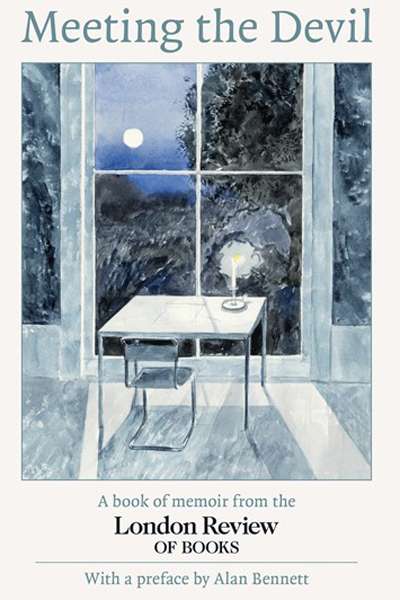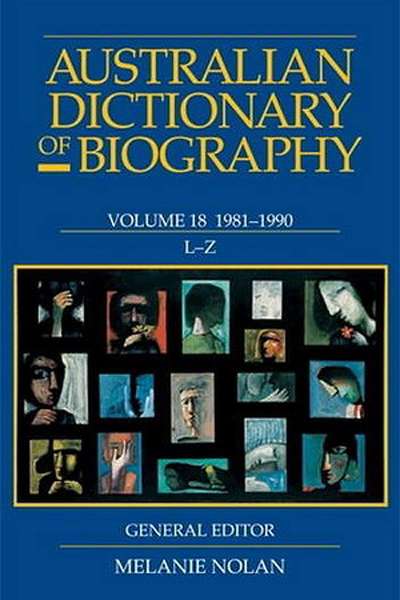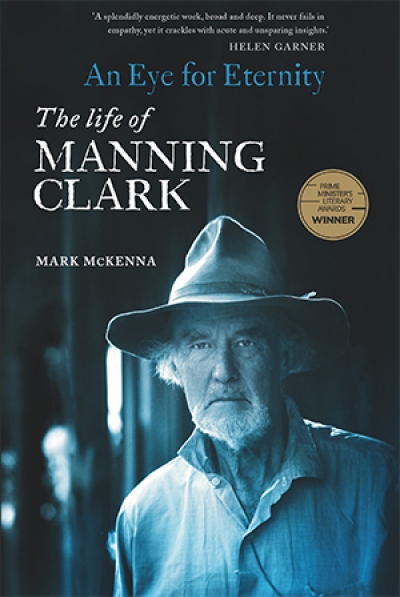Art of Biography
In Iris Murdoch’s novel, The Sandcastle (1957), a young artist called Rain Carter is commissioned to paint a retired schoolmaster, Demoyte, an eccentric with an offbeat sense of humour. Instead of his usual attire – a shabby red velvet jacket with tobacco stains and bow tie – Demoyte turns up ...
... (read more)Meeting the Devil: A book of memoir from the London Review of Books edited by London Review of Books
On an early spring evening in 1919, in a nearly empty cinema in the English seaside town of Lyme Regis, a slight, dark-haired figure slipped into a seat at the farthest edge of a row. From here, she would have a clear view of the profile of the youthful pianist who, sheltered behind a screen, accompanied the silent film. In white tie and tails, with her fair hair slicked down, the young musician could easily have passed for a boy. But Henry knew better. She had already extracted from the cinema’s owner the useful information that the pianist who gave such superlative performances night after night in the dark, sparsely filled hall was his daughter, Olga. The delicious ambiguity of the young woman’s appearance only added to the pleasure of her effortless improvisations. The soft, feminine form in its stiff, masculine garb was as enticing as the verve and finesse of the music itself.
... (read more)Australian Dictionary of Biography, Volume 18: 1981–1990 (L–Z) edited by Melanie Nolan
There’s no ASIO file on me, not even a mention in someone else’s file, according to my keyword search. It’s almost insulting, given that I spent several years in the Soviet Union in the late 1960s and later, as a Soviet historian in the United States in the Cold War 1970s, was suspected of being soft on communism. My father, the radical Australian historian Brian Fitzpatrick, had an ASIO file, of course. They even trailed him in the 1950s – or at least trailed someone they thought was him, a man of ‘repulsive appearance’ wearing a hat and an overcoat, neither of which he possessed. He would have been tickled both by the surveillance and the blunder. They had a file on my mother, Dorothy Fitzpatrick, too, although they got her middle name wrong. It wasn’t from her days of real left-wing activity in the 1930s, but from the 1950s, years that were among her most miserable and least political, when she was doing a teachers’ training course at Mercer House and then teaching at the Melbourne Church of England Girls’ Grammar School. To ASIO she was an also-ran to suspected communists of more dominant personality like Gwenda Lloyd; probably they included her mainly because of her marriage to Brian. ‘Same views as her husband’, one informant reported, which hardly does justice to a natural contrarian.
... (read more)On the door to Olive Cotton’s room there is a Dymo-tape label with the name ‘N. Boardman’. Boardman has no relevance whatsoever to Olive’s life story. His name is there because Olive and her husband Ross McInerney’s home – what they always called the ‘new house’ – was previously a construction workers’ barracks. Boardman was one of the occupants, along with Ken Livio and Chris Parris, whose names appear on the doors to adjacent rooms. Olive and Ross, who lived in the ‘new house’ for nearly thirty years, never removed the labels or modified their bedrooms, bathroom, or living areas. This fascinates and perplexes me. Why wouldn’t you erase the signs of those who lived there before you? Why keep them in your most personal, intimate space, your home? What does it mean to live like this? These questions are part of a much larger set arising from my desire to better understand Olive’s life and work, especially during the years when she and Ross lived in country New South Wales, mostly on the property they named ‘Spring Forest’. For much of this time, Olive was invisible to the photography world.
... (read more)It is a brilliant summer day in July 1935. The scene is a house called Green Ridges, near Hastings, Sussex. Two women, seated but not relaxed, face each other across a formal drawing room. This is the first time they have met. Nettie Palmer, Australian writer and journalist, has come to stay overnight with the novelist Henry Handel Richardson.
... (read more)



